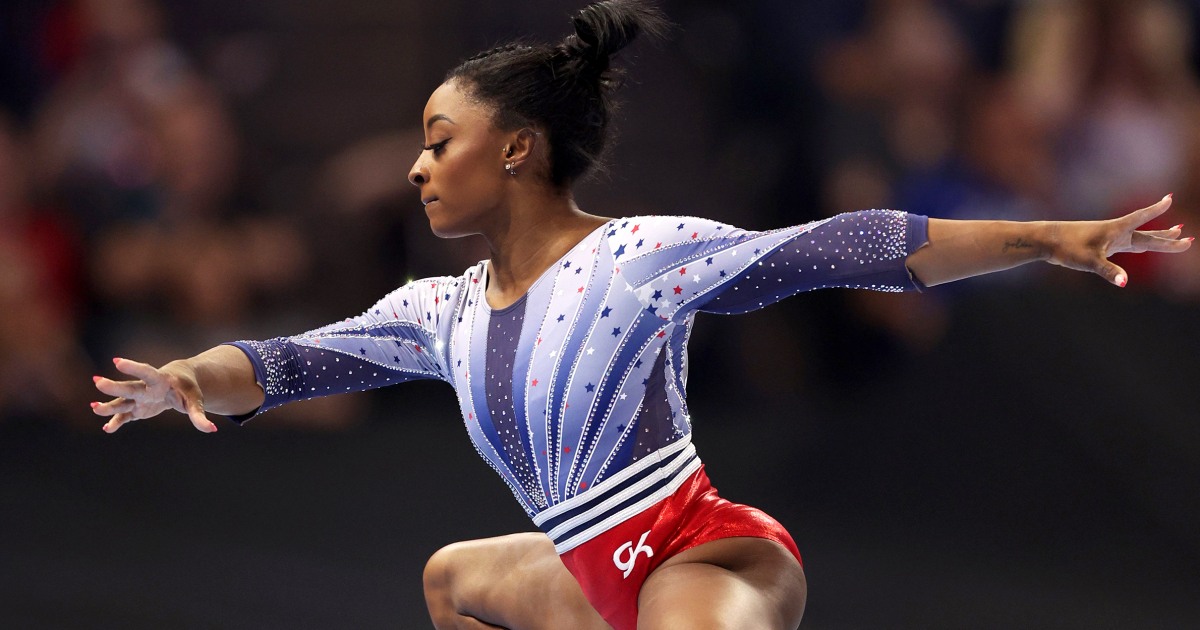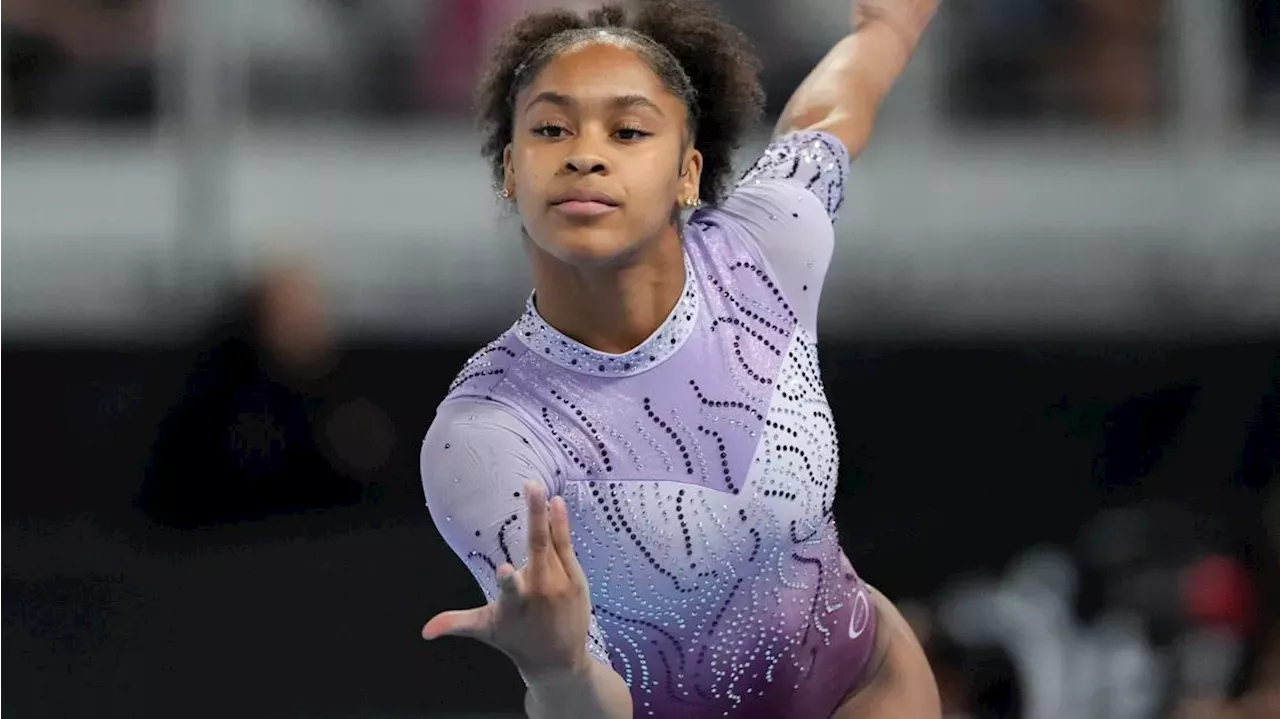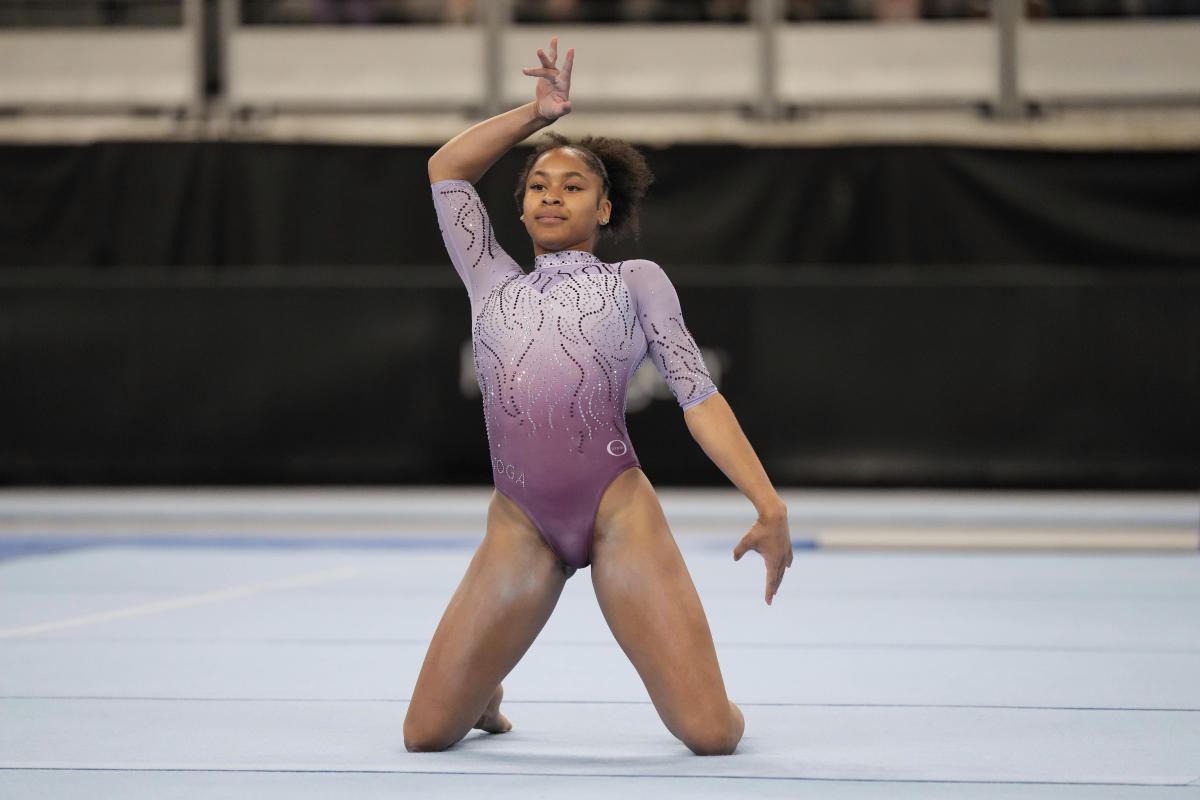Types of Gymnastics Injuries
Gymnastics injuries – Gymnastics is a demanding sport that requires high levels of strength, flexibility, and coordination. As a result, gymnasts are at risk for a variety of injuries. These injuries can be classified by body part or type.
Gymnastics injuries can be a major concern for athletes at the elite level. The rigorous training and intense competition can put a lot of stress on the body, leading to a variety of injuries. This is especially true for women’s gymnastics, where athletes often perform complex and dangerous skills.
In the lead-up to the women’s gymnastics olympic trials 2024 , it is important for athletes to be aware of the risks of injury and to take steps to prevent them.
The most common type of gymnastics injury is a sprain, which occurs when a ligament is stretched or torn. Sprains can occur in any joint, but they are most common in the ankles, knees, and wrists.
Another common type of gymnastics injury is a strain, which occurs when a muscle or tendon is stretched or torn. Strains can occur in any muscle, but they are most common in the hamstrings, quadriceps, and calves.
Gymnasts are also at risk for fractures, which occur when a bone is broken. Fractures can occur in any bone, but they are most common in the wrists, ankles, and feet.
In addition to these common injuries, gymnasts may also suffer from overuse injuries, such as tendinitis and bursitis. Overuse injuries occur when a muscle or tendon is repeatedly stressed over time.
Gymnastics injuries, unfortunately, are a part of the sport. The intense training and high-impact moves can put a lot of stress on the body, leading to sprains, strains, and even fractures. One of the most common injuries among gymnasts is the “dicello gymnast,” a condition that affects the growth plate in the heel.
Learn more about dicello gymnast and how to prevent this injury.
Ankle Injuries
- Ankle sprains are the most common type of ankle injury in gymnastics. They occur when the ankle is twisted or rolled, causing the ligaments that support the joint to stretch or tear.
- Achilles tendon injuries are another common type of ankle injury in gymnastics. The Achilles tendon is the thick band of tissue that connects the calf muscles to the heel bone. Achilles tendon injuries can occur when the tendon is overused or torn.
Knee Injuries, Gymnastics injuries
- Anterior cruciate ligament (ACL) tears are the most common type of knee injury in gymnastics. The ACL is one of the four ligaments that support the knee joint. ACL tears can occur when the knee is twisted or hyperextended.
- Meniscus tears are another common type of knee injury in gymnastics. The meniscus is a piece of cartilage that cushions the knee joint. Meniscus tears can occur when the knee is twisted or rotated.
Wrist Injuries
- Wrist sprains are the most common type of wrist injury in gymnastics. They occur when the wrist is twisted or bent, causing the ligaments that support the joint to stretch or tear.
- Carpal tunnel syndrome is a condition that occurs when the median nerve, which runs through the wrist, is compressed. Carpal tunnel syndrome can cause pain, numbness, and tingling in the hand and wrist.
Overuse Injuries
- Tendinitis is a condition that occurs when a tendon is inflamed. Tendinitis can occur in any tendon, but it is most common in the Achilles tendon, patellar tendon, and rotator cuff tendons.
- Bursitis is a condition that occurs when a bursa, which is a fluid-filled sac that cushions a joint, becomes inflamed. Bursitis can occur in any bursa, but it is most common in the knee, elbow, and shoulder.
Prevention and Treatment of Gymnastics Injuries

Gymnastics is a physically demanding sport that requires high levels of strength, flexibility, and coordination. As a result, gymnasts are at risk of a variety of injuries. However, there are a number of effective strategies that can be used to prevent and treat gymnastics injuries.
Injury Prevention
There are a number of things that gymnasts can do to prevent injuries, including:
- Proper training techniques: Gymnasts should be taught proper training techniques by qualified coaches. This includes learning how to warm up properly, how to perform exercises correctly, and how to cool down after workouts.
- Warm-ups: Warming up before workouts is essential for preventing injuries. Warm-ups help to increase blood flow to the muscles, which makes them more flexible and less likely to be injured.
- Recovery methods: Gymnasts need to allow their bodies to recover from workouts. This means getting enough sleep, eating a healthy diet, and taking time off from training when needed.
Injury Treatment
If a gymnast does get injured, there are a number of treatment options available. These options include:
- Surgical treatment: Surgery may be necessary to repair severe injuries, such as fractures or torn ligaments.
- Non-surgical treatment: Non-surgical treatment options for gymnastics injuries include rest, ice, compression, and elevation (RICE); physical therapy; and medication.
The best treatment option for a particular injury will depend on the severity of the injury and the individual gymnast’s needs.
Rehabilitation and Recovery from Gymnastics Injuries

Rehabilitation and recovery from gymnastics injuries require a structured program that focuses on restoring range of motion, strength, and flexibility while minimizing the risk of re-injury.
Rehabilitation Program
A comprehensive rehabilitation program typically includes the following components:
- Rest and protection: This involves avoiding activities that aggravate the injury and allowing the tissues to heal.
- Pain management: This may include medications, ice, heat, or electrical stimulation to reduce pain and inflammation.
- Range of motion exercises: These exercises help to restore flexibility and range of motion in the injured area.
- Strengthening exercises: These exercises help to build strength in the muscles that support the injured area.
- Balance and coordination exercises: These exercises help to improve balance and coordination, which are essential for safe and effective gymnastics performance.
- Proprioceptive exercises: These exercises help to improve the body’s awareness of its position in space, which is important for preventing re-injury.
- Functional exercises: These exercises mimic the movements involved in gymnastics, helping to prepare the athlete for a safe return to training and competition.
Preventing Re-Injury
To prevent re-injury, it is important to:
- Gradually return to training: Avoid rushing back to full training too quickly, as this can increase the risk of re-injury.
- Listen to your body: Pay attention to any pain or discomfort and stop if it persists.
- Use proper technique: Correct technique can help to reduce stress on the joints and muscles, preventing injuries.
- Warm up and cool down: Warming up before training and cooling down afterwards helps to prepare the body for activity and reduce the risk of injury.
- Strengthen supporting muscles: Strong supporting muscles can help to stabilize the joints and reduce the risk of injury.
- Use protective gear: Wearing protective gear, such as wrist guards and ankle braces, can help to prevent injuries.
